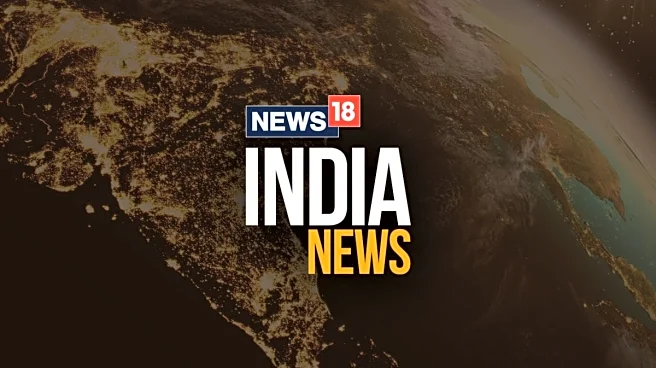What is the story about?
The third day of Shardiya Navratri festival saw a steady stream of pilgrims heading towards the revered cave shrine of Shri Mata Vaishno Devi, with chants of "Jai Mata Di" resonating through the air despite long queues and the recent resumption of the pilgrimage on PM Narendra Modi's birthday after a 22-day suspension due landslides.
The atmosphere remains charged as thousands of devotees chanted bhajans and made their way up the Trikuta hills to seek blessings from the goddess, reports said. Elaborate decorations have transformed the base town of Katra and surrounding areas in Reasi district into vibrant spiritual celebrations.
Today, September 24, marks the third day of the festival, which falls on Tritiya Tithi of Shukla Paksha in the month of Ashwina, according to the Hindu lunar calendar. This day holds special spiritual significance as devotees pay homage to Goddess Chandraghanta, the third manifestation of Durga.
Also read | On Shardiya Navratri, PM Modi and other leaders share wishes of devotion and strength
Goddess Chandraghanta represents peace, bravery, and spiritual strength. She is believed to bless her devotees with courage and protect them from negative energies. Her name is derived from the crescent moon (chandra) shaped like a bell (ghanta) that adorns her forehead, symbolising serenity and alertness.
Following her marriage to Lord Shiva, Parvati assumed the form of Chandraghanta. She is depicted riding a lion, embodying fearlessness and justice. As prayers, rituals, and offerings continue across temples and households, the essence of the day remains rooted in seeking the divine mother's grace for inner strength, clarity, and balance
Meanwhile, the Shri Mata Vaishno Devi Shrine Board said that is has made extensive arrangements to manage the rising footfalls during the nine-day festival. "The Shrine Board has made very elaborate arrangements for the Navratri to ensure a comfortable yatra for the devotees," Sachin Kumar Vaishya, CEO of the Shrine Board, was quoted as saying by ANI.
Welcoming devotees on the opening day of Navratri, he added that volunteers had been deployed along the yatra path to guide pilgrims, manage the crowd, and ensure smooth movement along the 13-kilometre route. "Drinking water points, medical stations, and crowd management measures have been put in place to ensure a safe and comfortable pilgrimage experience for the devotees coming from across the country," since the yatra restarted on September 17.
Also read | Navratri 2025: 6 Durga Maa aartis and bhajans you can listen to
On the first day of Navratri (September 22), nearly 10,000 devotees visited the shrine, a with similar numbers expected throughout the festival. Officials have predicted a daily footfall of over 10,000 pilgrims during the celebrations.
Navratri is observed during the lunar month of Ashwin, and one of the most significant Hindu festivals. Dedicated to Goddess Durga and her nine avatars, the festival symbolises virtues such as power, wisdom, and compassion. Across India, the celebrations are marked by prayers, fasting, devotional music, and traditional dances like garba and dandiya.
In other parts of the country, particularly in Gujarat and West Bengal, the festivities have taken on cultural dimensions. In Kolkata, famed Durga Puja pandals are reflecting themes including artificial intelligence, environmental sustainability among others.
The atmosphere remains charged as thousands of devotees chanted bhajans and made their way up the Trikuta hills to seek blessings from the goddess, reports said. Elaborate decorations have transformed the base town of Katra and surrounding areas in Reasi district into vibrant spiritual celebrations.
Today, September 24, marks the third day of the festival, which falls on Tritiya Tithi of Shukla Paksha in the month of Ashwina, according to the Hindu lunar calendar. This day holds special spiritual significance as devotees pay homage to Goddess Chandraghanta, the third manifestation of Durga.
Also read | On Shardiya Navratri, PM Modi and other leaders share wishes of devotion and strength
Goddess Chandraghanta represents peace, bravery, and spiritual strength. She is believed to bless her devotees with courage and protect them from negative energies. Her name is derived from the crescent moon (chandra) shaped like a bell (ghanta) that adorns her forehead, symbolising serenity and alertness.
Following her marriage to Lord Shiva, Parvati assumed the form of Chandraghanta. She is depicted riding a lion, embodying fearlessness and justice. As prayers, rituals, and offerings continue across temples and households, the essence of the day remains rooted in seeking the divine mother's grace for inner strength, clarity, and balance
Meanwhile, the Shri Mata Vaishno Devi Shrine Board said that is has made extensive arrangements to manage the rising footfalls during the nine-day festival. "The Shrine Board has made very elaborate arrangements for the Navratri to ensure a comfortable yatra for the devotees," Sachin Kumar Vaishya, CEO of the Shrine Board, was quoted as saying by ANI.
Welcoming devotees on the opening day of Navratri, he added that volunteers had been deployed along the yatra path to guide pilgrims, manage the crowd, and ensure smooth movement along the 13-kilometre route. "Drinking water points, medical stations, and crowd management measures have been put in place to ensure a safe and comfortable pilgrimage experience for the devotees coming from across the country," since the yatra restarted on September 17.
Also read | Navratri 2025: 6 Durga Maa aartis and bhajans you can listen to
On the first day of Navratri (September 22), nearly 10,000 devotees visited the shrine, a with similar numbers expected throughout the festival. Officials have predicted a daily footfall of over 10,000 pilgrims during the celebrations.
Navratri is observed during the lunar month of Ashwin, and one of the most significant Hindu festivals. Dedicated to Goddess Durga and her nine avatars, the festival symbolises virtues such as power, wisdom, and compassion. Across India, the celebrations are marked by prayers, fasting, devotional music, and traditional dances like garba and dandiya.
In other parts of the country, particularly in Gujarat and West Bengal, the festivities have taken on cultural dimensions. In Kolkata, famed Durga Puja pandals are reflecting themes including artificial intelligence, environmental sustainability among others.
Do you find this article useful?
/images/ppid_59c68470-image-175870003461426254.webp)

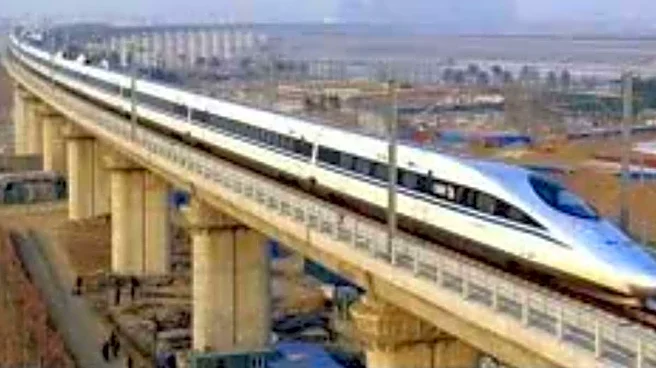
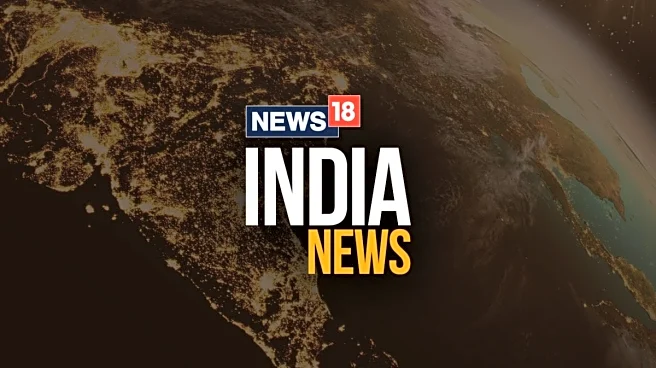
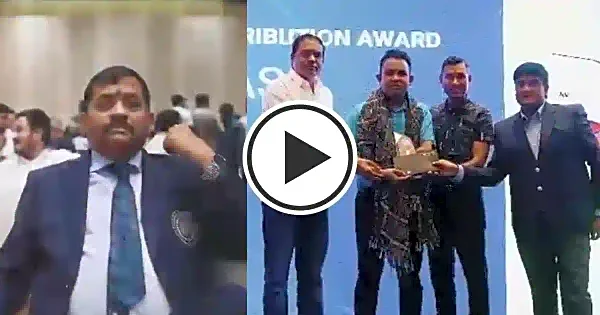
/images/ppid_a911dc6a-image-175869964140658239.webp)

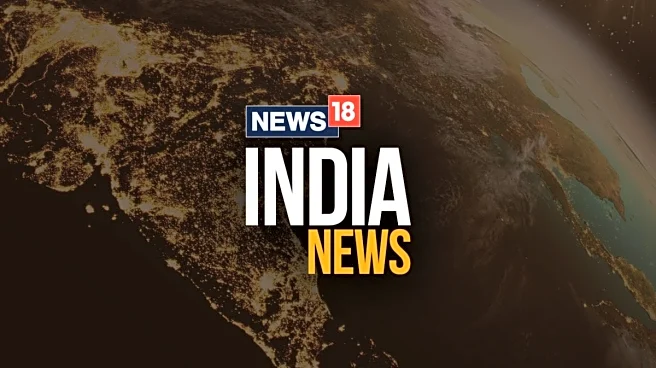



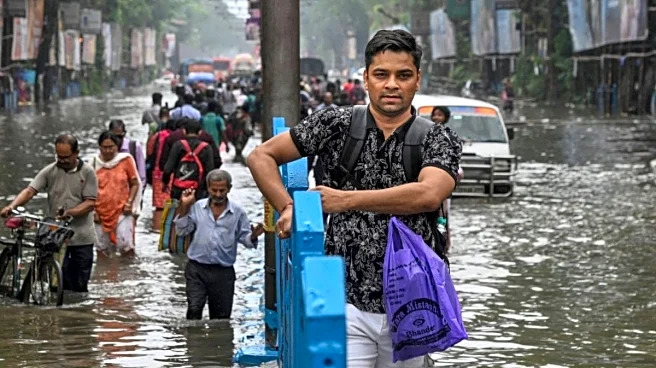
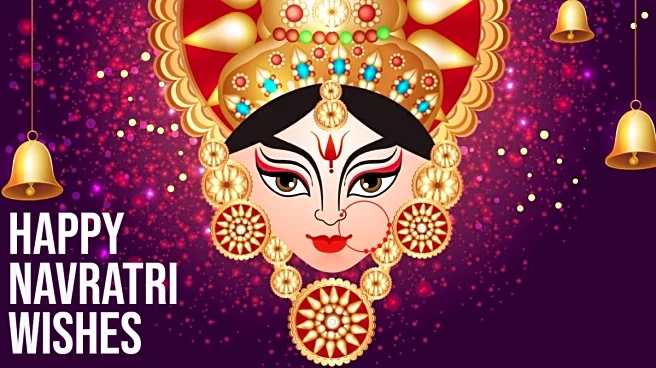
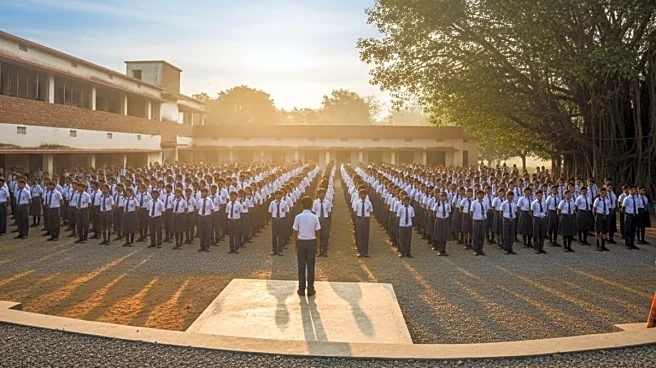
/images/ppid_59c68470-image-175852752651456040.webp)
